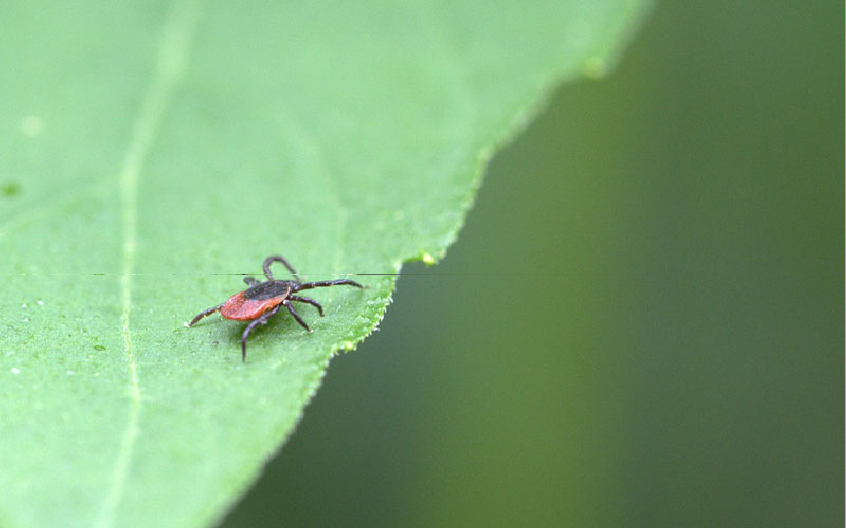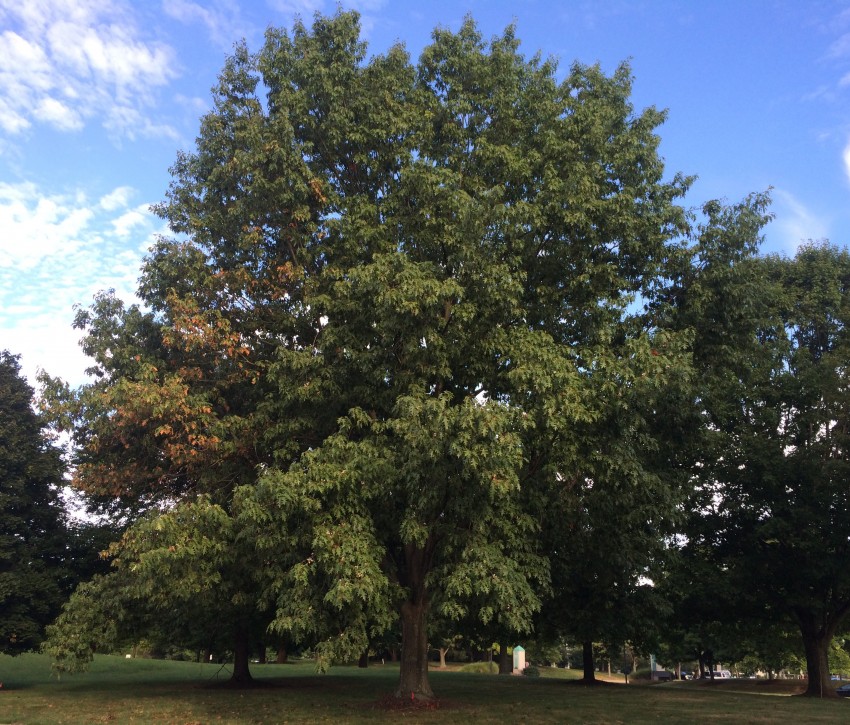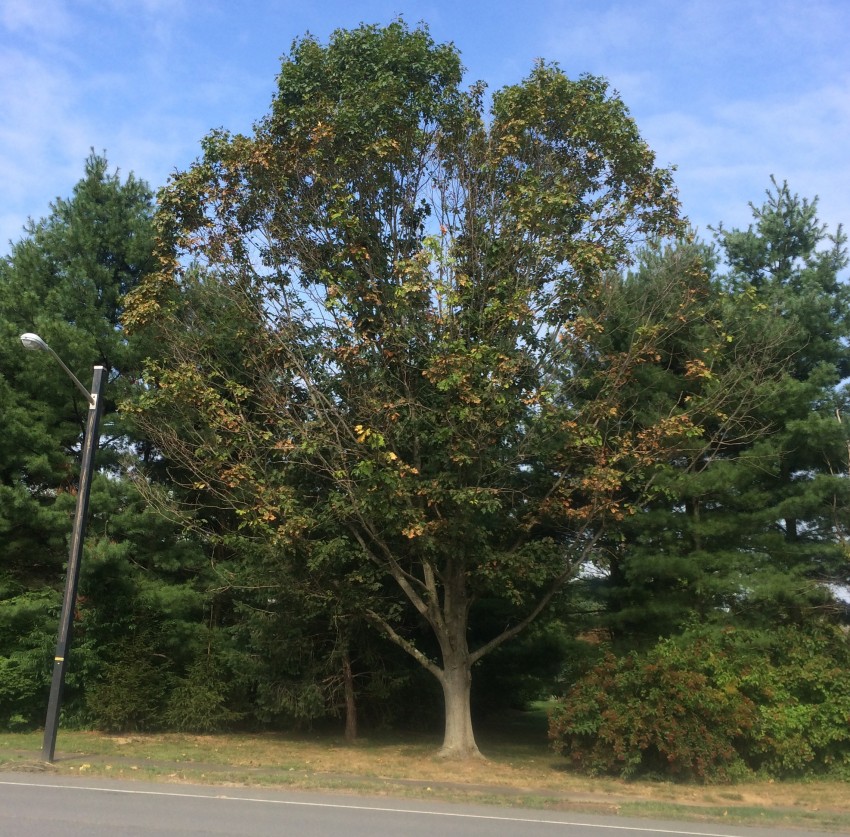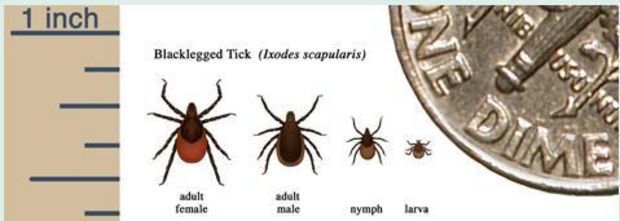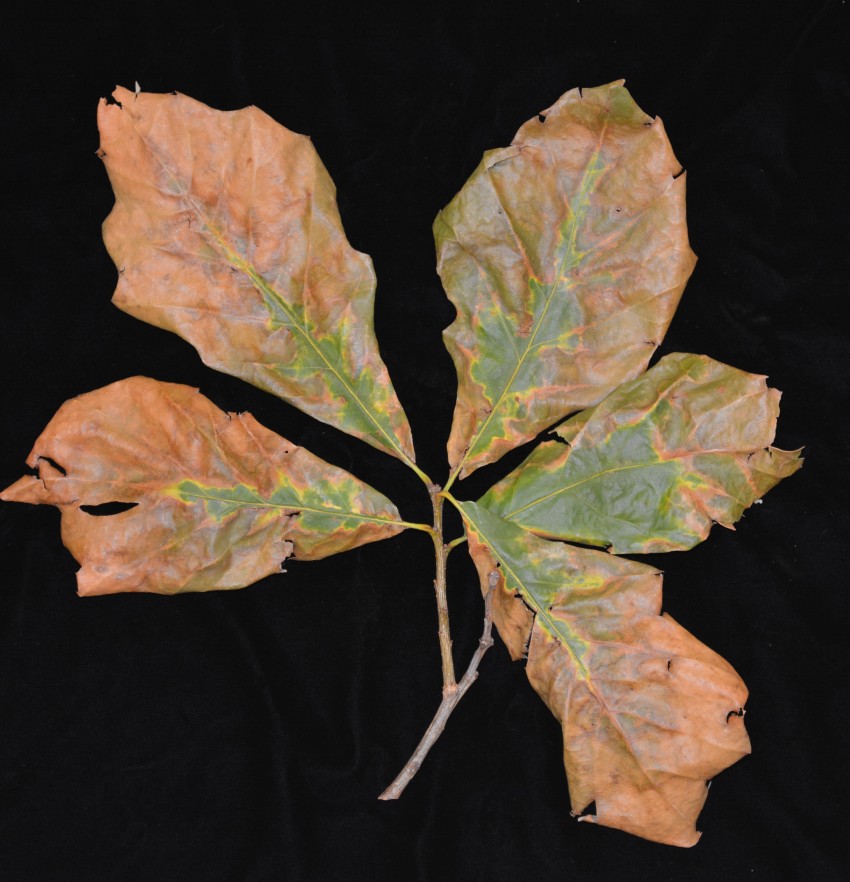Optimum growth of cool season grasses occurs within the temperature range of 60 to 75°F. Yesterday, the New Brunswick weather station indicated that soil temperature at 2 inches exceeded 75°F for more than 12 hours and peaked at 82°F.
This doesn’t mean that grasses will soon be dead. But it is a signal to be watchful for summer stress problems.
Summer stress is often a combination of multiple stresses. Localized drought, ponding of water, diseases, insect pests, poor culture (mowing, fertilization, and irrigation) and other stresses combined with high temperature stress can challenge the health and persistence of cool season turfs from now through the end of summer. It is important to avoid situations that compound too many stress at the same time.
For example, now is the time (if you haven’t already) to start monitoring areas of the landscape that dry out sooner than other areas. If drought (wilt stress) is combined with high temperatures (> 85 °F) for too long, these areas will decline and eventually become severely thinned. Left unattended for too long, stand loss is possible. Stand loss will occur more rapidly if these areas received a lot of use (play, sports, etc.) or traffic from turf maintenance equipment (mowers, etc).
On the flip side, avoid being too generous with irrigation. Use of the entire irrigation system or a large irrigation zone to wet up a small dry area(s) could result in wet spots in the landscape. Remember that irrigation systems do not apply water with 100% uniformity. All irrigation systems have distribution patterns where either too little or too much water will be applied. Persistent use of an irrigation system to wet up localized dry areas will eventually create wet spots within the irrigated landscape. The stresses of wet soil combined with high temperatures can be more extreme for grass than the combination of dry soil and heat.
Best wishes as we enter into the time of year when turf management in New Jersey probably requires the greatest amount of finesse.


